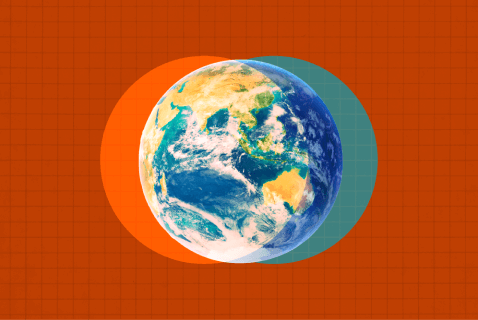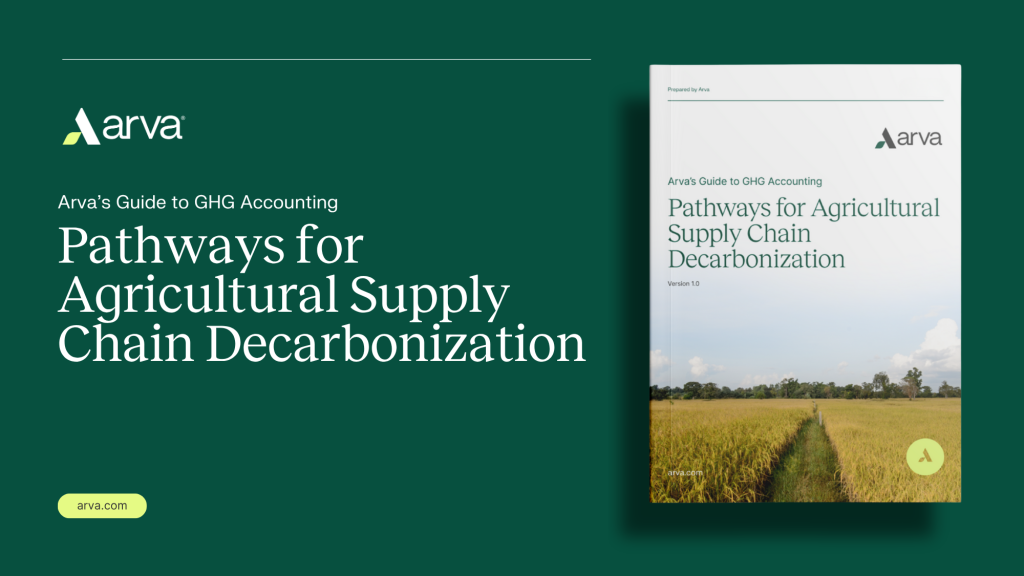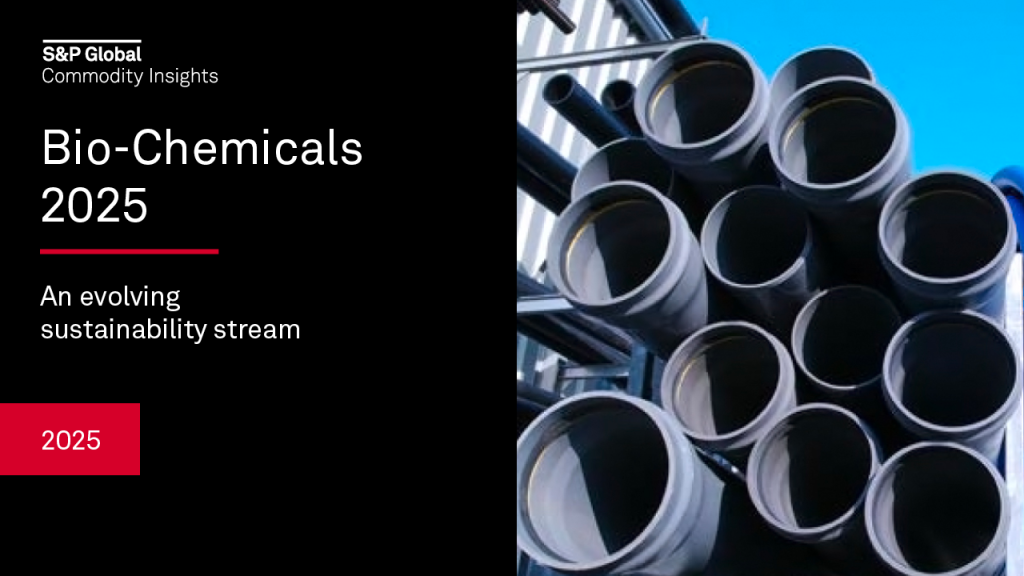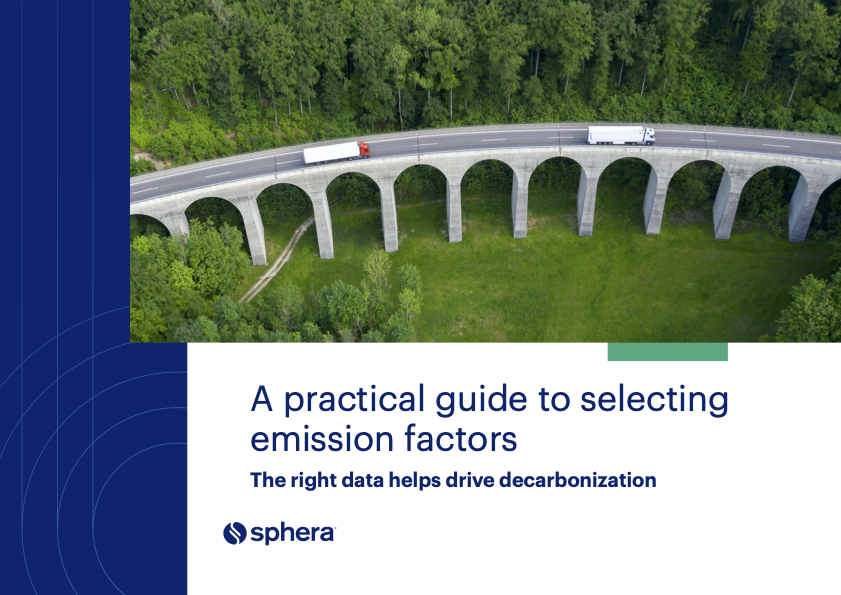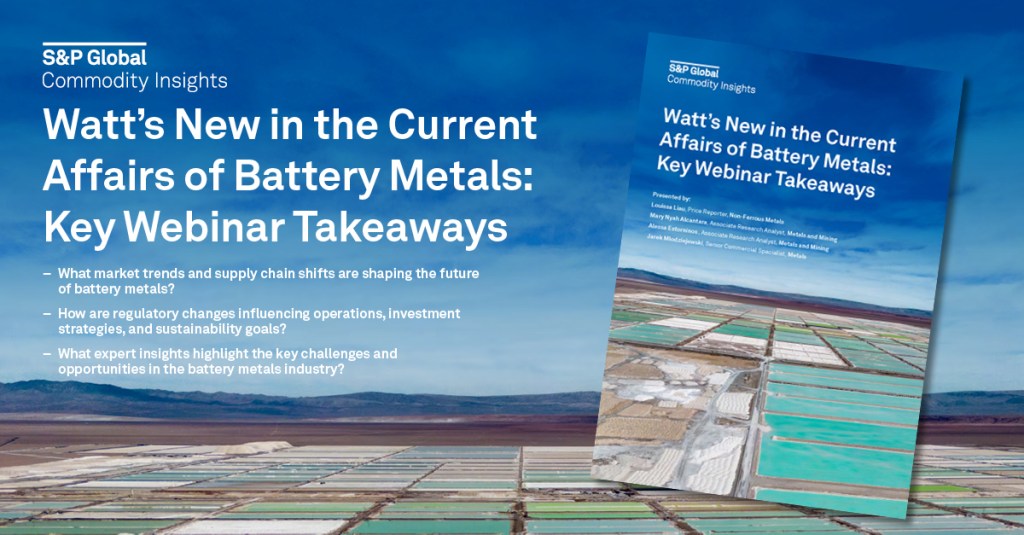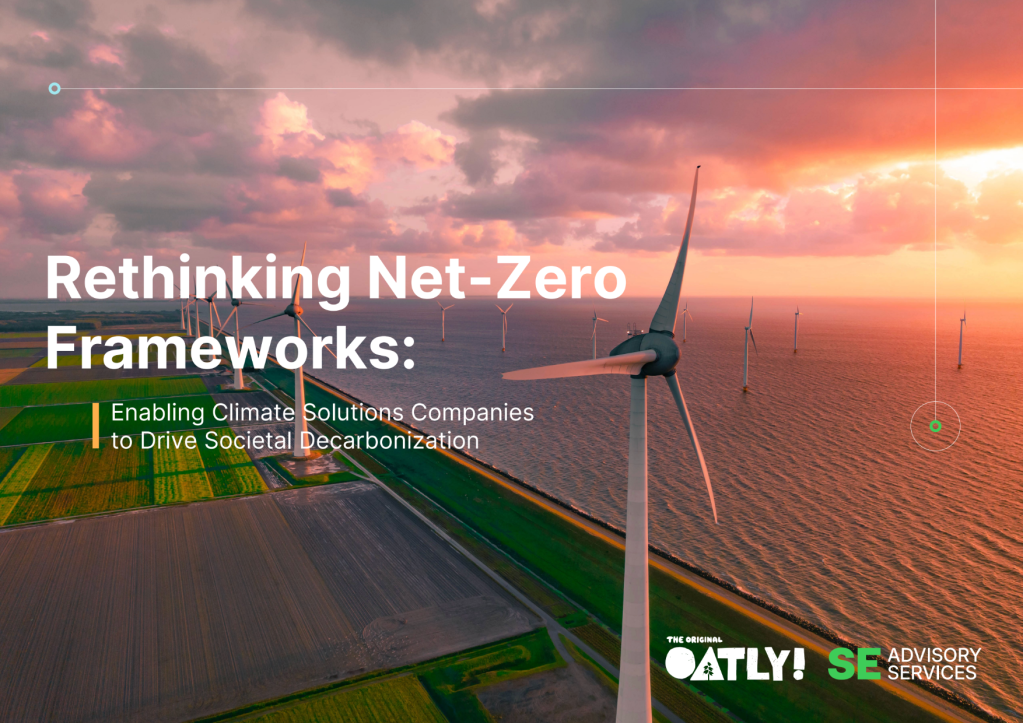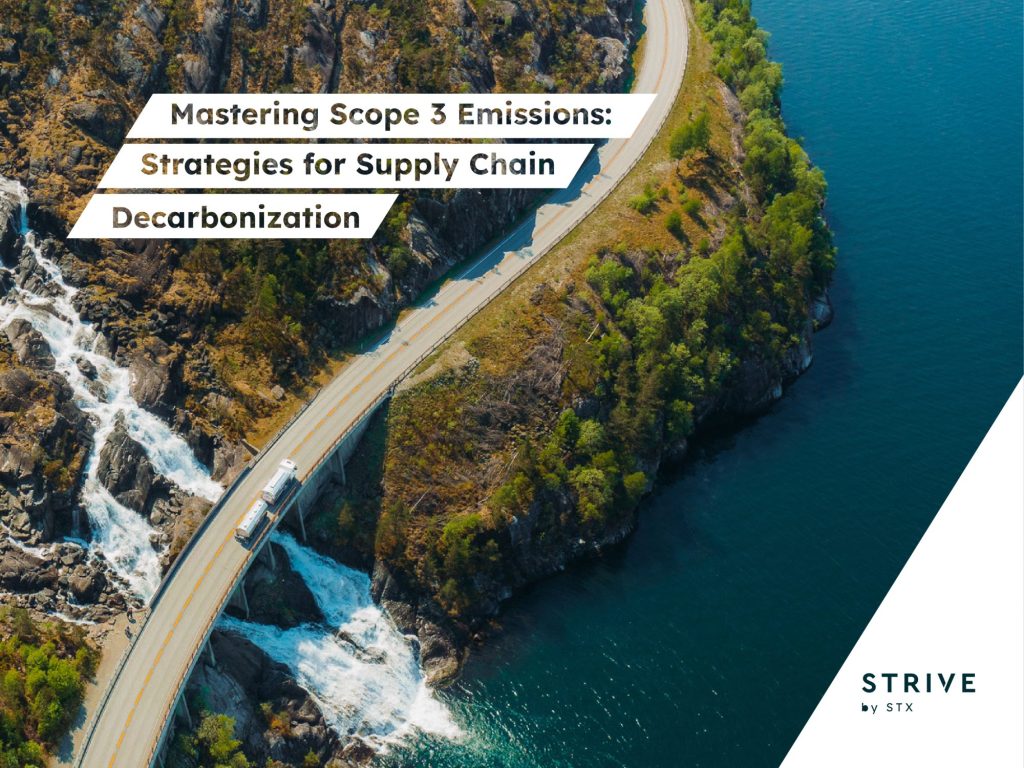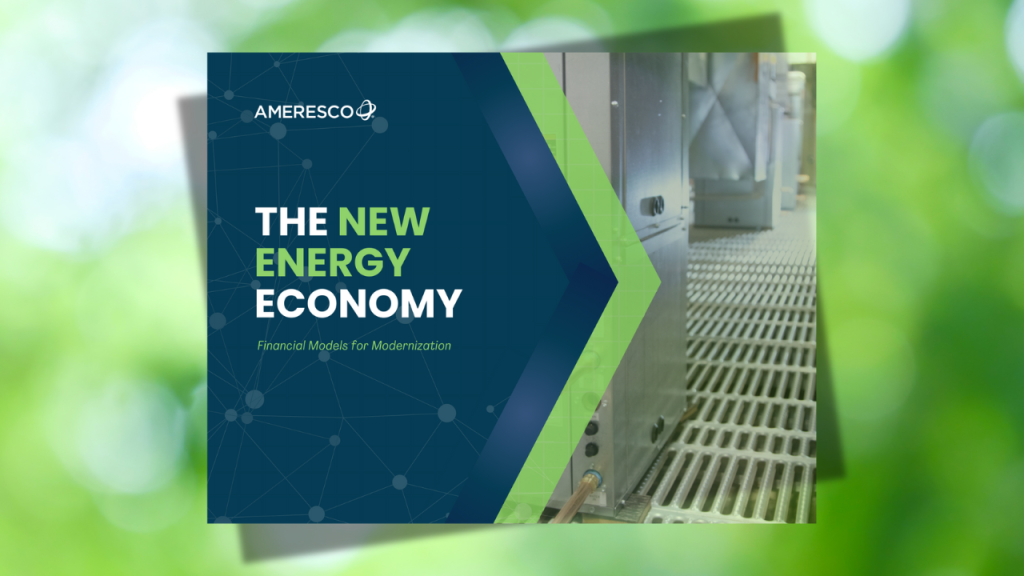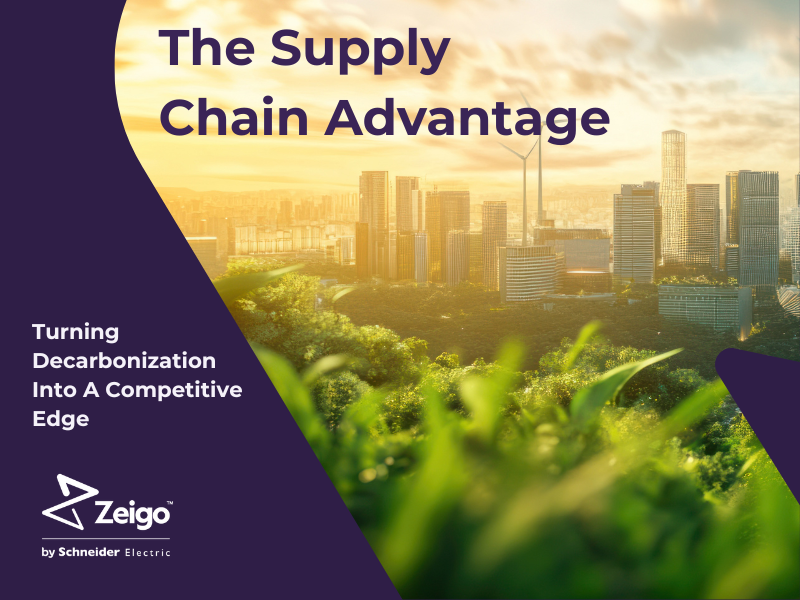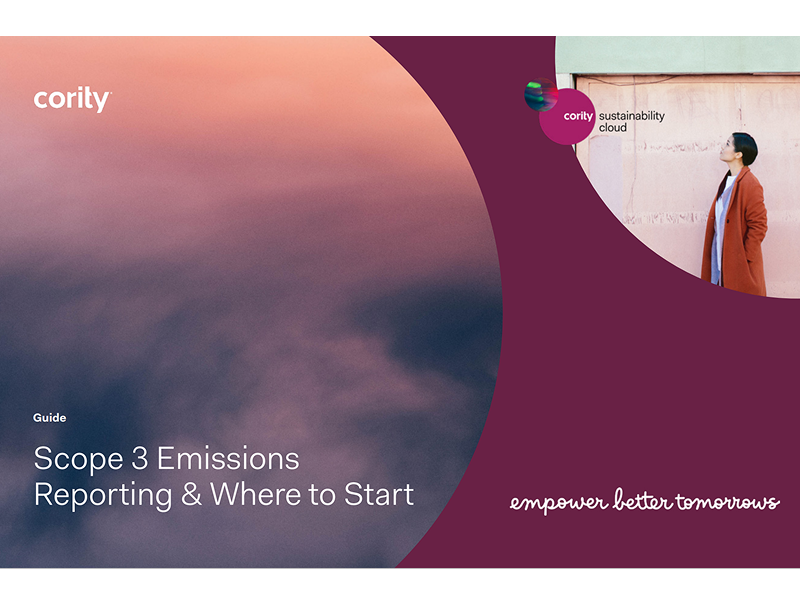HP and WWF: Lessons from a forest conservation partnership
HP and WWF are partnering to make forests more sustainable, protect wild spaces and restore forests lost, with 500,000 acres conserved so far. Read More

Every minute, nearly 10 soccer fields of tropical primary rain forests are lost. Forests filter the air we breathe and the water we drink, help reduce the threats of pollution and provide an array of everyday products. Simply put, these natural assets are critical to life as we know it.
The good news: Forests are the world’s original renewable resource. So, there are actions we can collectively take to help revive forests.
HP and WWF are partnering to make production forests more sustainable, protect wild spaces and restore forests lost. To date, the partnership has implemented conservation actions across more than 500,000 acres in China, Brazil, Australia and Peru, among some of the world’s most endangered forests.
What does conserving 500,000 acres look like on the ground? Let’s briefly zoom into some landscapes to see conservation in action.
In Eastern Australia, HP and WWF have helped advocate for the temporary halt to logging in critical greater glider habitat and we are helping transition 1,200 acres of degraded koala habitat to forest recovery. This work has involved collaborating with local landowners who are passionate about restoration and see the benefit it provides to their farms.
Across the Pacific Ocean in Peru, our work involves training women on reduced-impact logging and safety in a historically male-dominated business. We’re also helping restore priority areas in the Amazon rainforest, with a focus on biodiversity. This includes monitoring current populations of jaguar and other key species, modeling where wildlife corridors need to be placed, and restoring them to healthy forests.
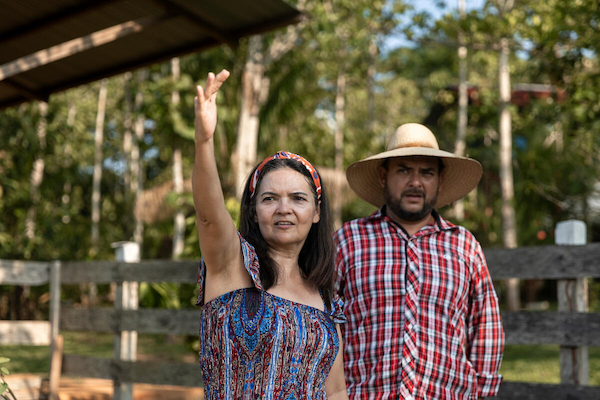
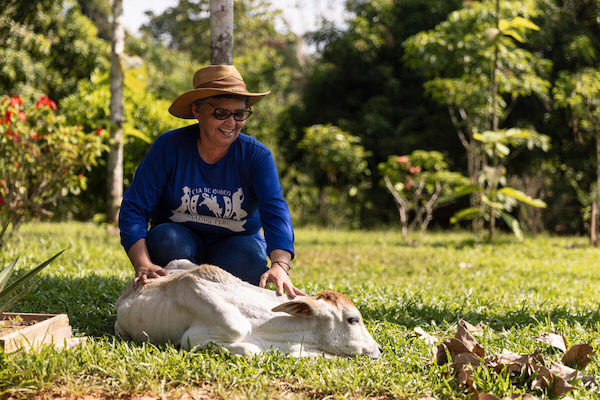
In Peru, third generation cattle rancher Verónica Cardozo (left) and her sister Maria (right) use regenerative agricultural practices and restoration on their farms. They also run a school for other farmers in the area to learn how to improve soil quality, restore forests, and live harmoniously with wildlife in the region. Source: WWF-US/Yawar Films
Sharing best practices
As one of the world’s largest conservation organizations, WWF recognizes the importance of working with companies that see the business case for taking action for nature. As one of the world’s largest print companies, HP is committed to investing in forest conservation for the health of the climate, planet and all who live there. The partners first came together 16 years ago, when HP joined WWF’s program to work with other companies on responsible sourcing of forest products.
Since then, partner work expanded beyond sustainable sourcing to forest conservation. HP participates in Forests Forward, a signature WWF program for corporate action in support of nature, climate, and people. Through Forests Forward, HP is also one of the companies helping advance WWF’s Nature-Based Solutions Origination Platform (NbS-OP), which fosters investments in high-quality NbS at the landscape scale.
Over the past five years, we have learned a lot about each other and how to successfully make an impact across the critical landscapes that need it most. By sharing key insights from our work, we hope to help those establishing a partnership focused on forest conservation to find success in theirs.
Long-term vision matters: Conservation isn’t a short-term project—it’s a commitment that will take time and continuity. Helping to restore a degraded forest, for example, can take several decades, depending on the type of forest, environmental conditions and level of restoration needed. Having leadership-level agreement on a long-term vision also helps keep partners aligned and progressing when teams and priorities shift over time.
Our partnership proves that sustained, patient collaboration can achieve significant landscape-level changes. Now that we have collaborated on a robust program for five years across 500,000 acres, we can let our shared experiences guide us into the next five years.
A holistic approach works: Our work goes beyond tree planting by employing comprehensive solutions that benefit nature, climate and local communities. We are focused on large-scale landscape conservation that involves investing in innovative, durable forest conservation solutions and building partnerships with environmental organizations that prioritize the needs of local communities and ecosystems.
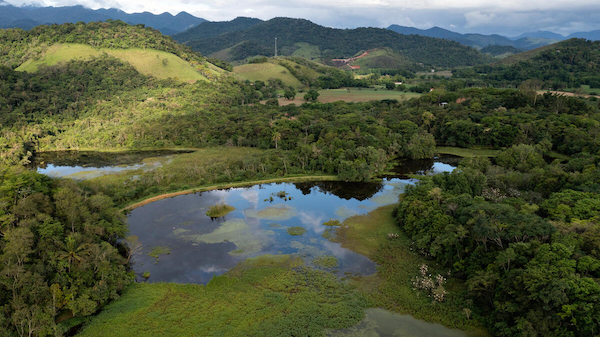
Ecológica de Guapiaçu (REGUA). Source: Adriano Gambarini / WWF-US
Planning for the next five years
Our teams at HP and WWF are hard at work planning the details for our work through 2030. The plans will include conserving additional forestland across more globally important landscapes, employing innovative solutions to meet forest conservation challenges and helping foster sustainable livelihood opportunities in local communities where our partnership engages.
Beyond the work in our landscapes, as partners, we hope to inspire other corporate industry leaders to take responsibility for their environmental impacts. It is going to take long-term commitments and strategic actions in concert with many partners to achieve the outcomes we need for our planet, climate and humanity.
